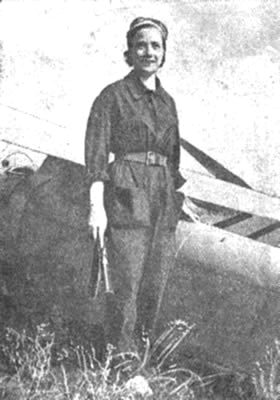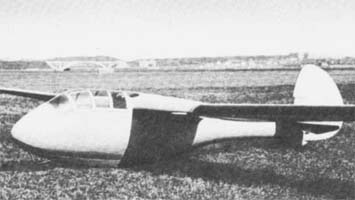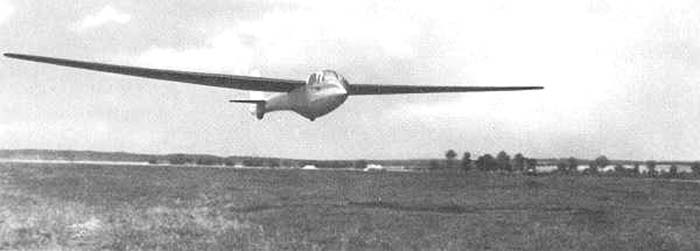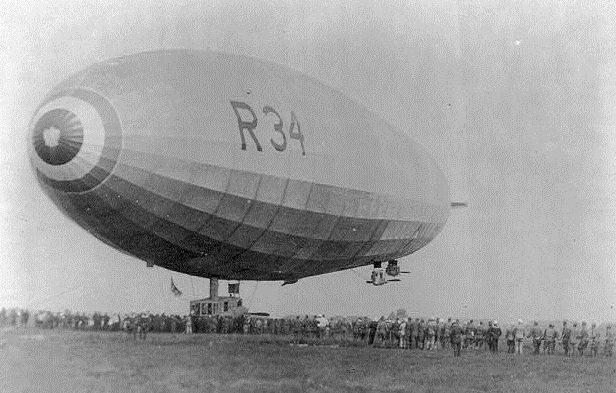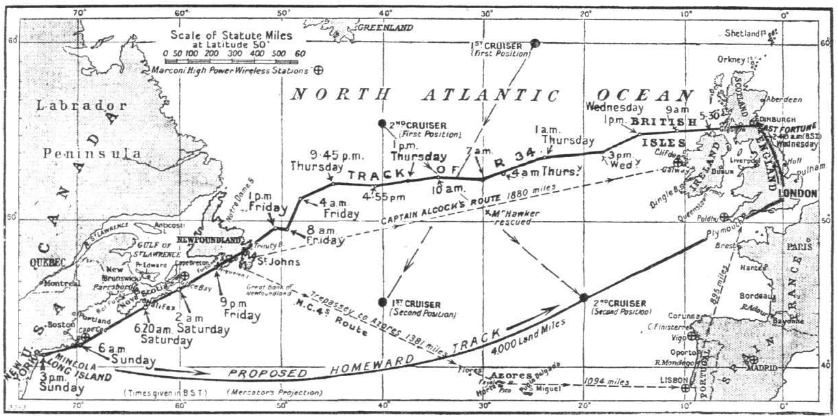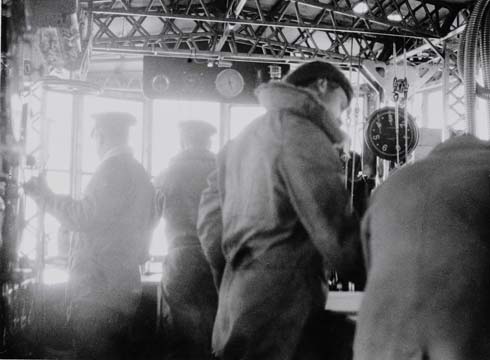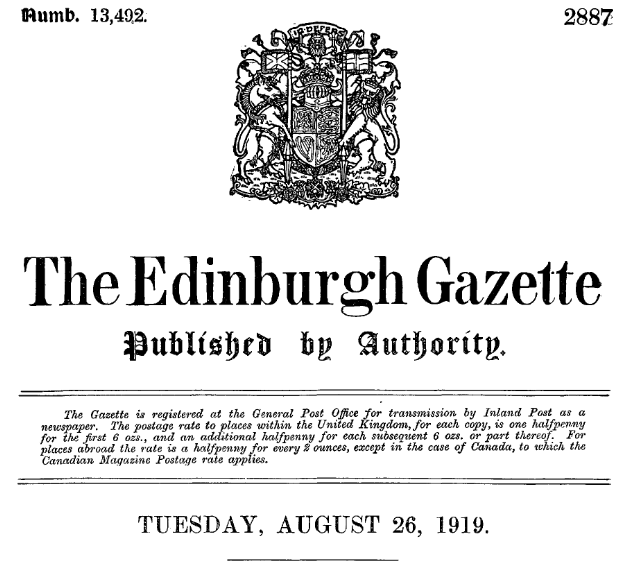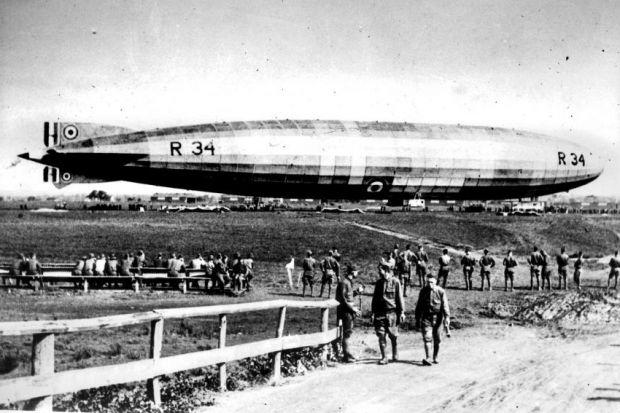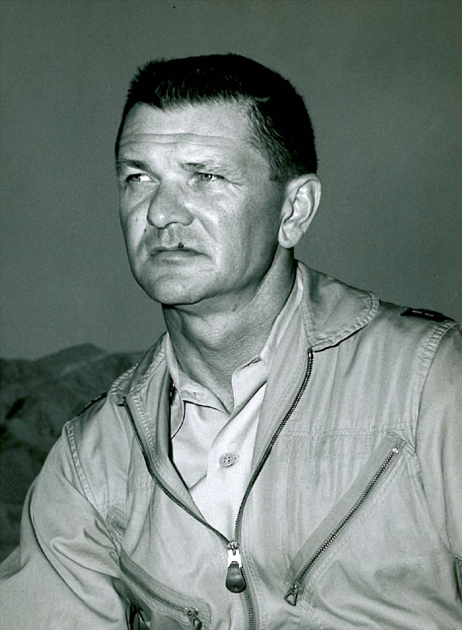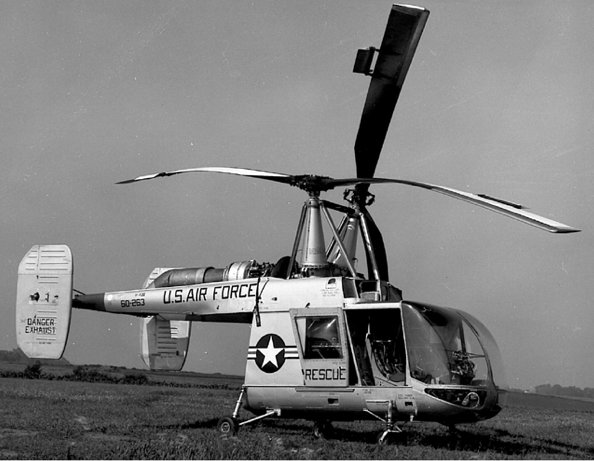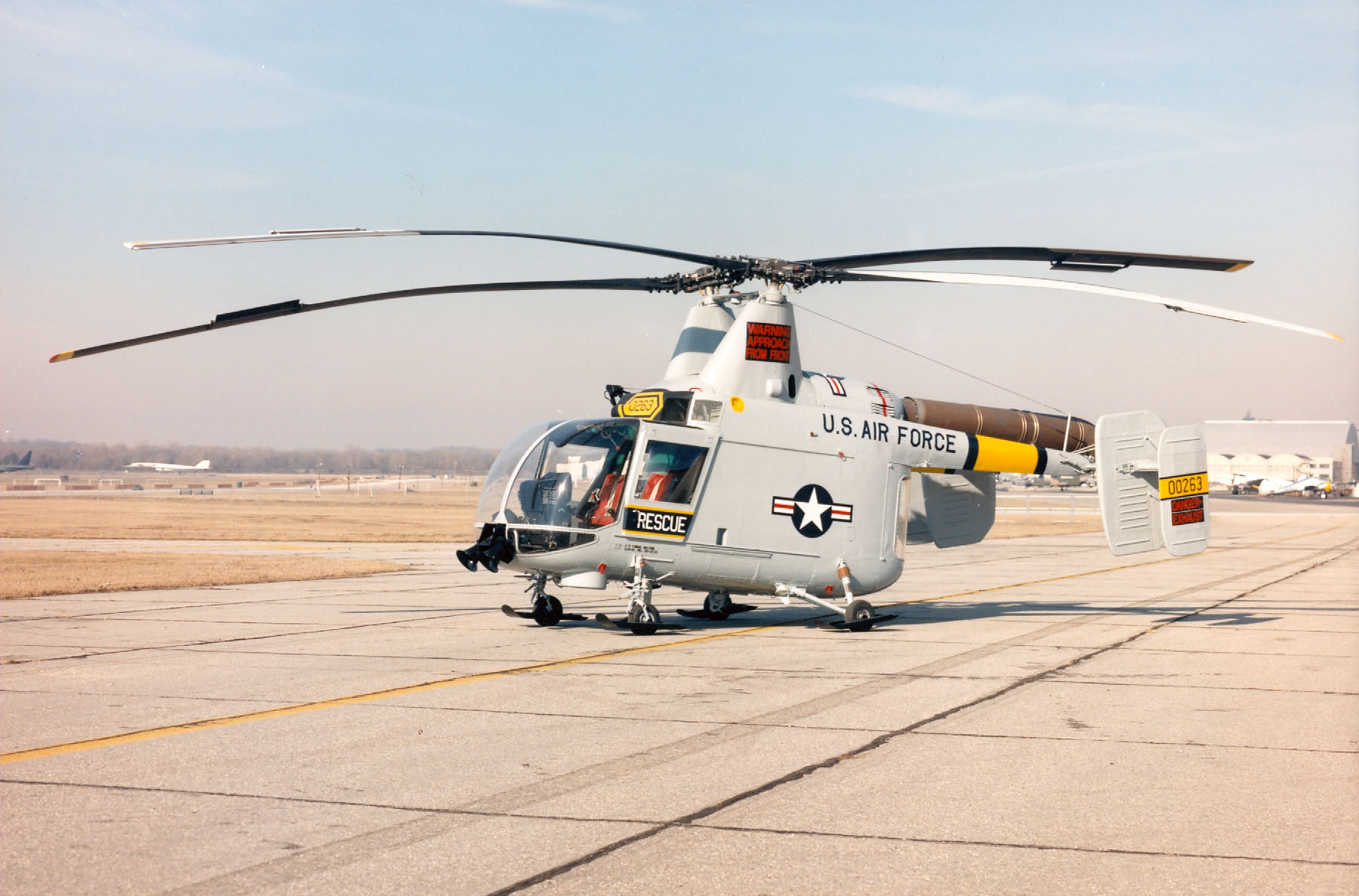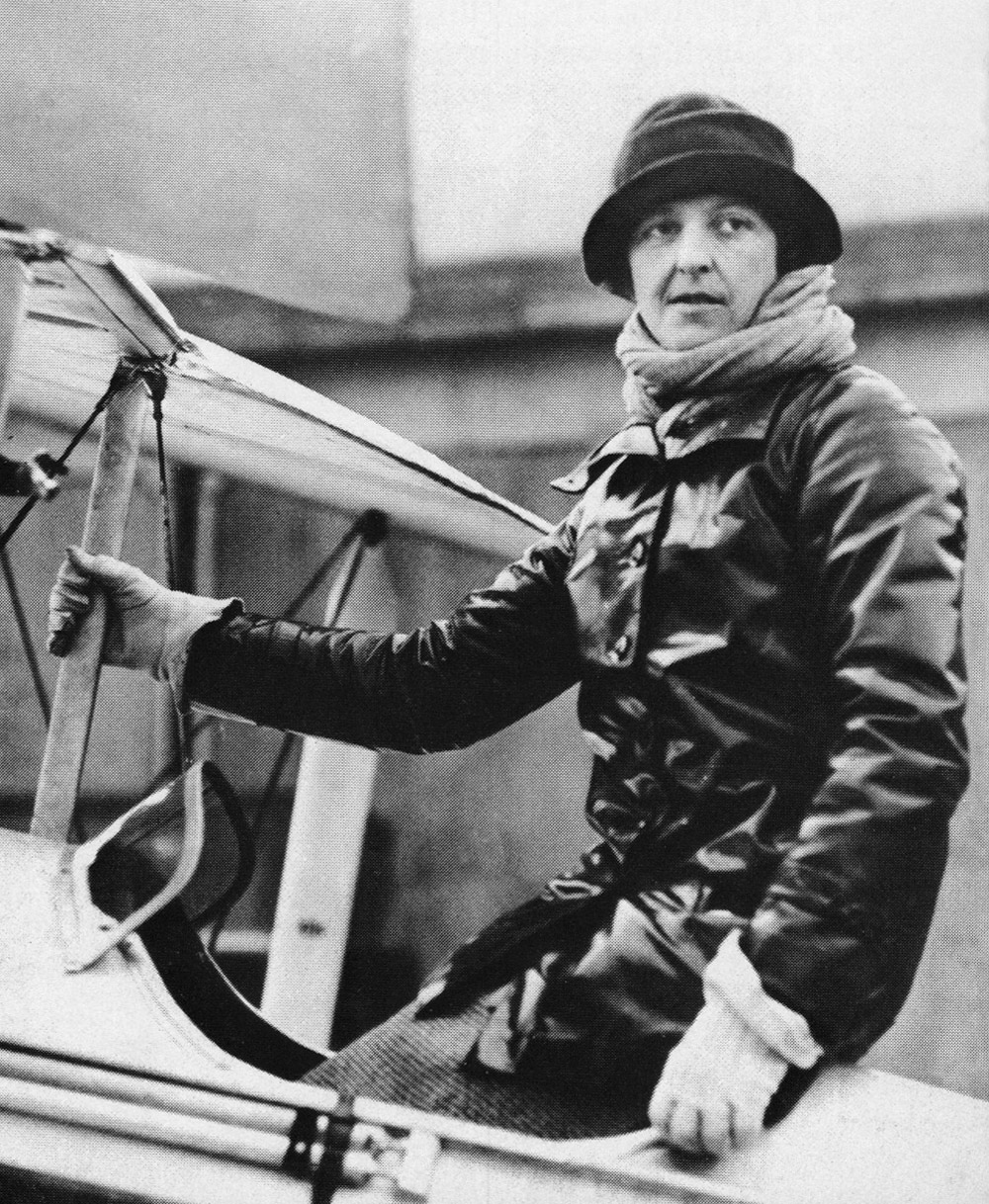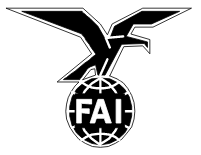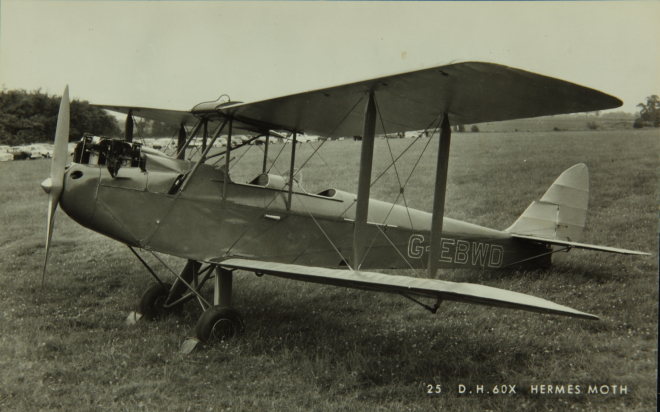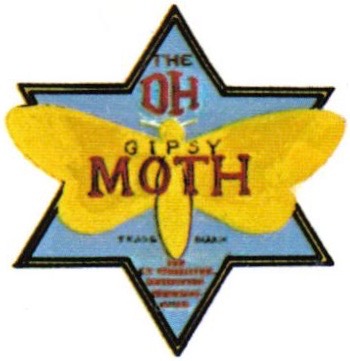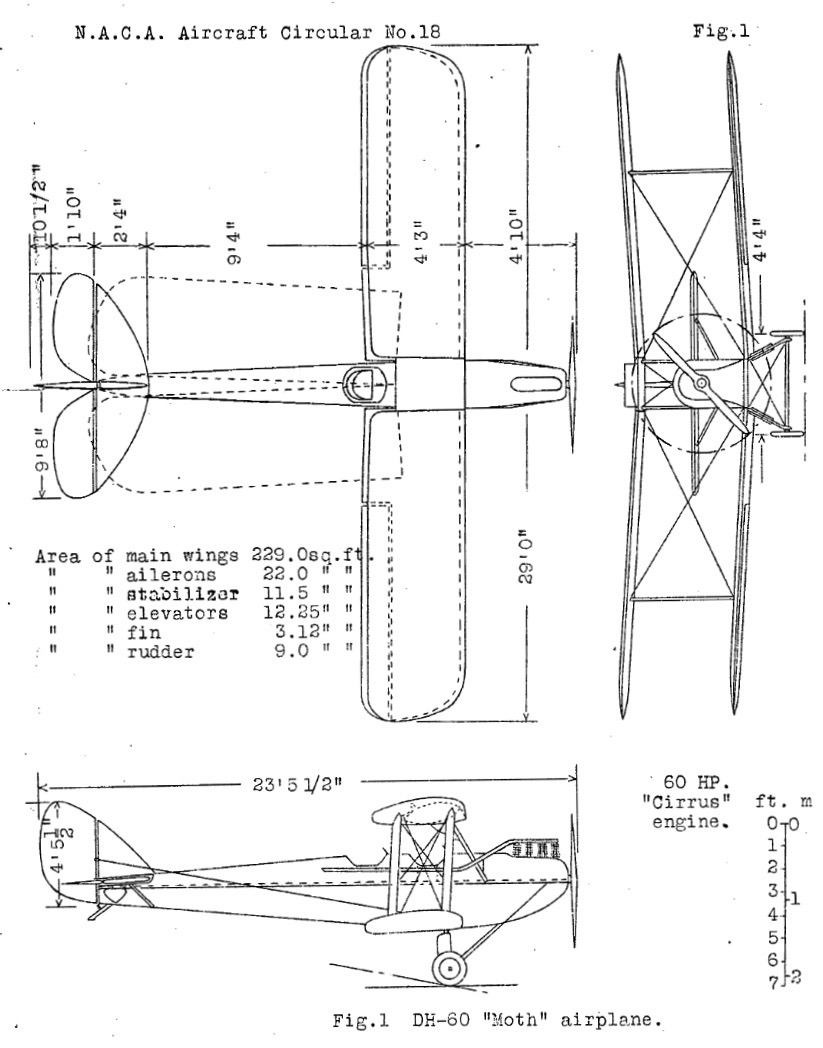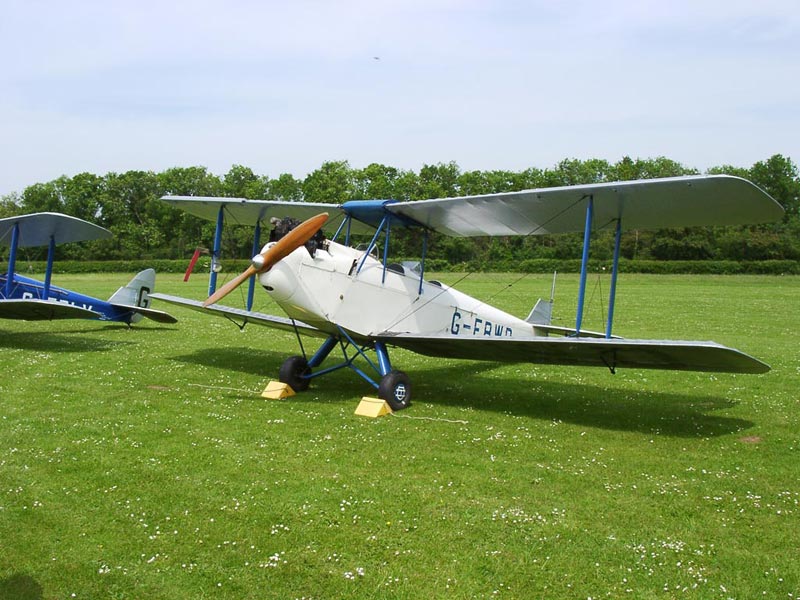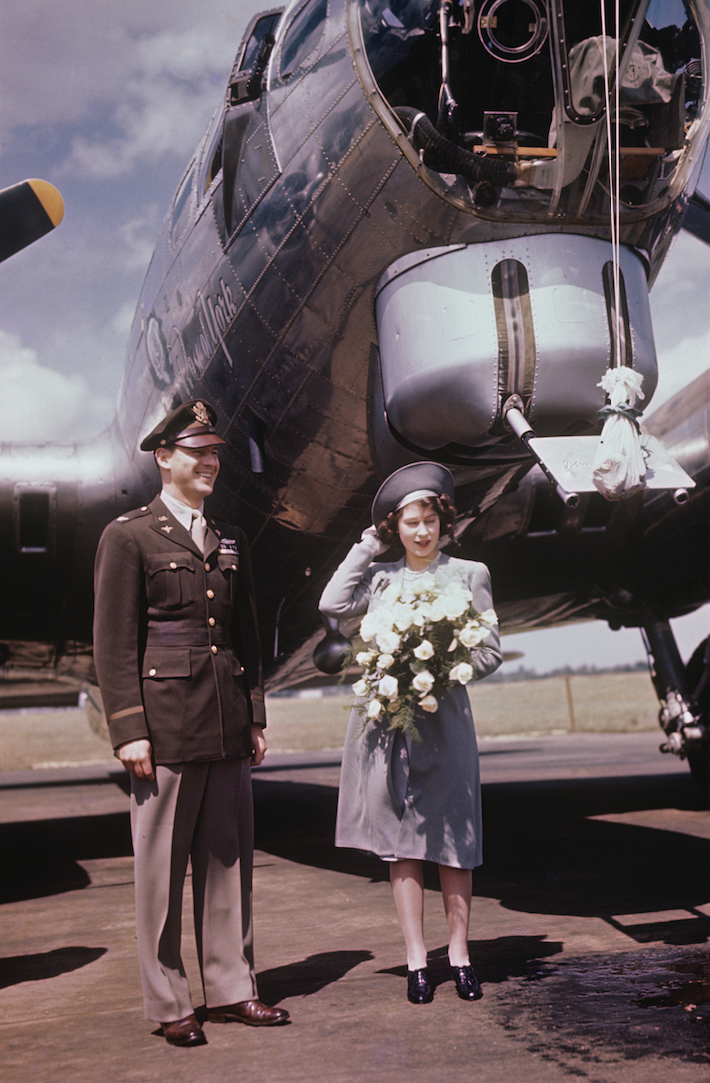
6 July 1944: In honor of Her Royal Highness The Princess Elizabeth, a United States Army Air Forces heavy bomber, Boeing B-17G-55-BO Flying Fortress 42-102547, was christened Rose of York. The ceremony took place at R.A.F. Thurleigh (U.S.A.A.F. Station 111), 5 miles (8 kilometers) north of Bedford, Bedfordshire, England.
Named for Princess Elizabeth Windsor (later, Her Majesty, Queen Elizabeth II), 42-102547 was originally named Princess Elizabeth but that did not meet with any official approval. (There were concerns about the propaganda value to the enemy, and the effect on civilian morale, should the bomber named for a member of the Royal Family be lost in combat.) The aircraft was renamed Rose of York instead and was christened by the Princess on her royal visit to the airfield.
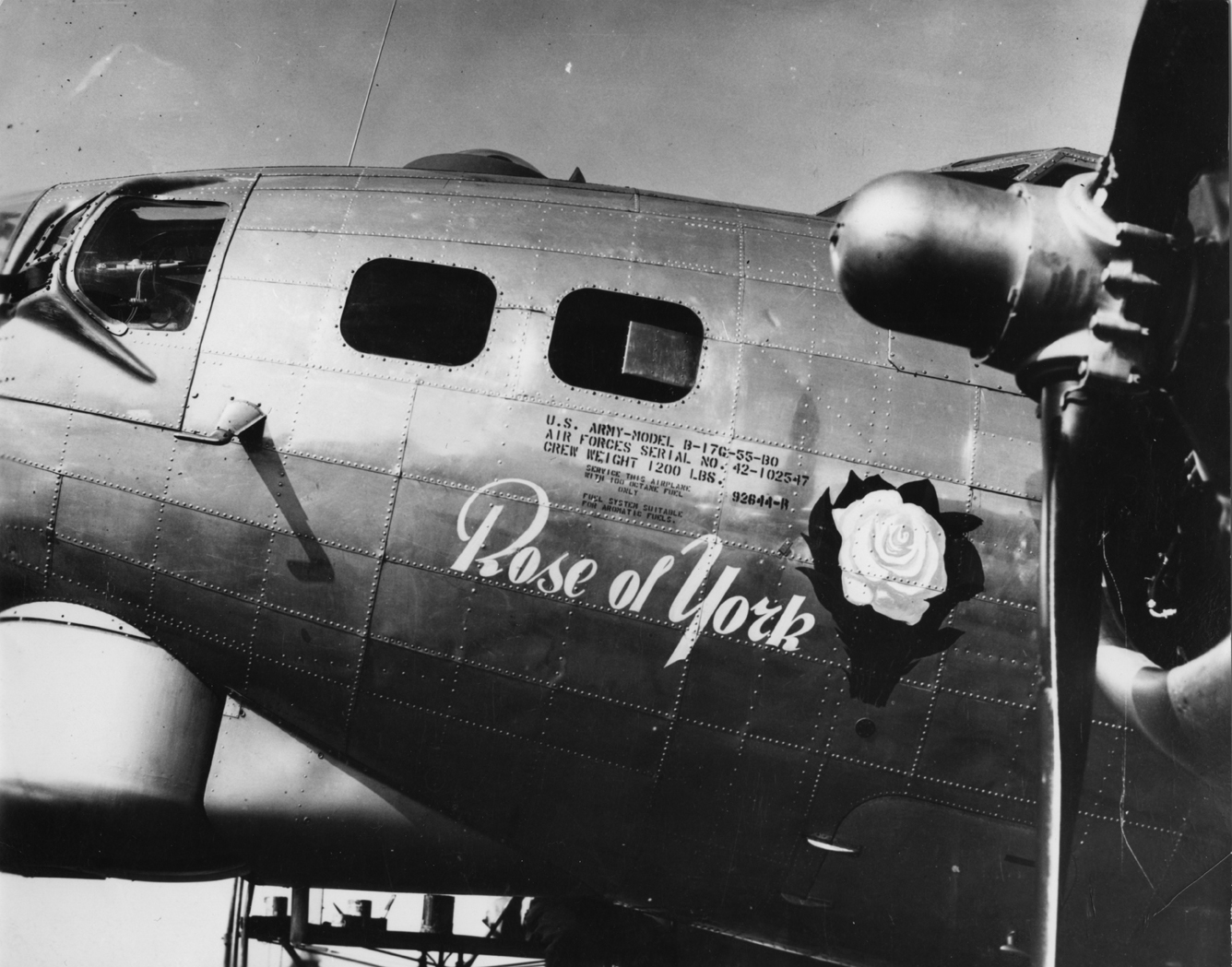
Following the ceremony, the bomber was flown to RAF Molesworth, where a number of photographs were taken.
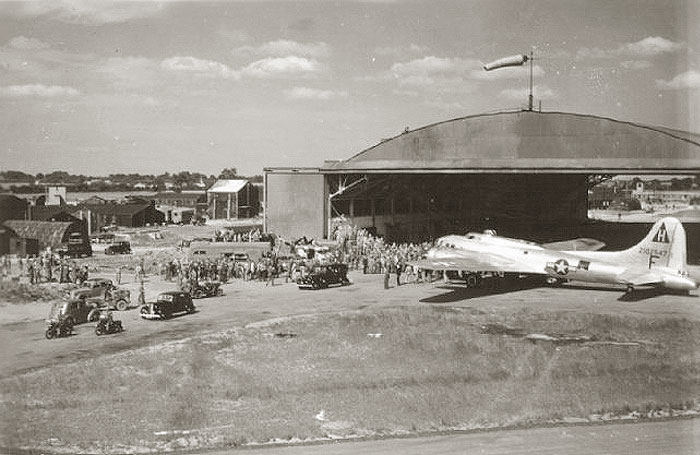
42-102547 was built by the Boeing Airplane Company at its Plant 2, south of Seattle, Washington, in early 1944. The new bomber was not camouflaged, but left in its natural metal finish. It was flown to the Cheyenne Modification Center, Cheyenne, Wyoming, on 12 March 1944, for installation of the latest combat modifications. It was then taken to the B-17 training base at Grand Island Army Air Field in central Nebraska. From there, it flew to Dow Army Air Field, Bangor Maine, arriving 3 April 1944, and then ferried across the North Atlantic Ocean to England.
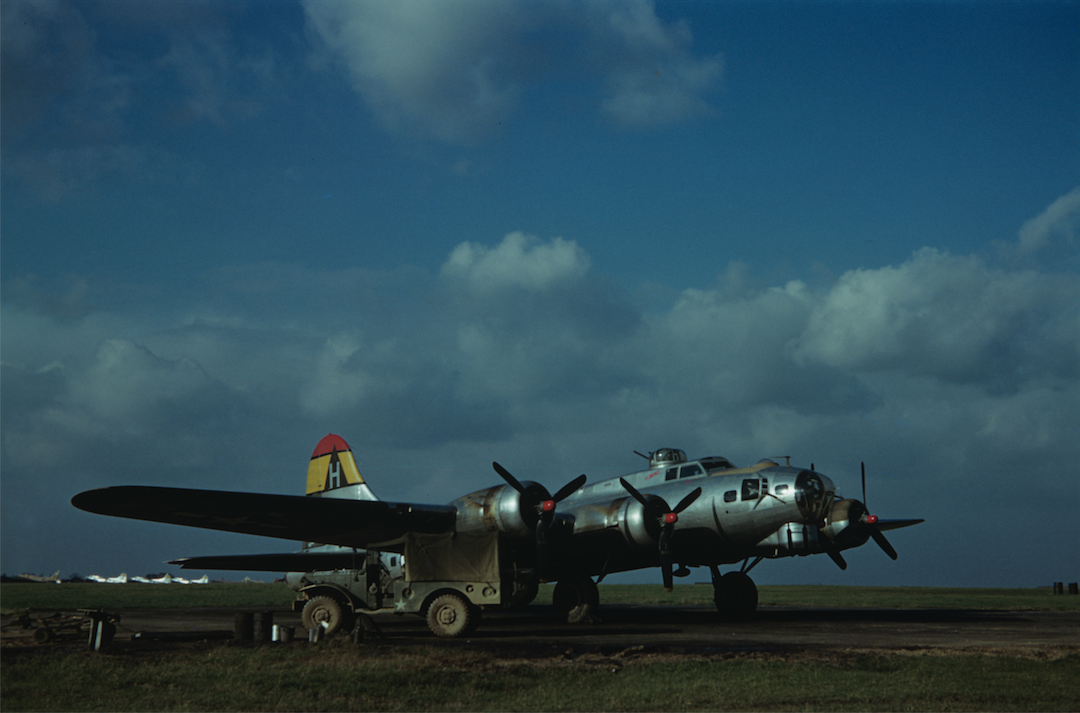
The Flying Fortress arrived in England, and on 2 May 1944, was assigned to the 401st Bombardment Group, Heavy, at R.A.F. Deenethorpe (A.A.F. Station 128). Three days later, though, 42-102547 was transferred to the 306th Bombardment Group, Heavy, at R.A.F. Thurleigh. It was assigned to Captain Perry E. Raster of the 367th Bombardment Squadron, Heavy. The group’s identification code, “Triangle H”—a white capital “H” centered on a black triangle—was painted on the vertical fin above the serial number. A black capital “F” was painted below, identifying the individual airplane within its squadron.
42-102547 had completed 13 combat missions by 6 July 1944.
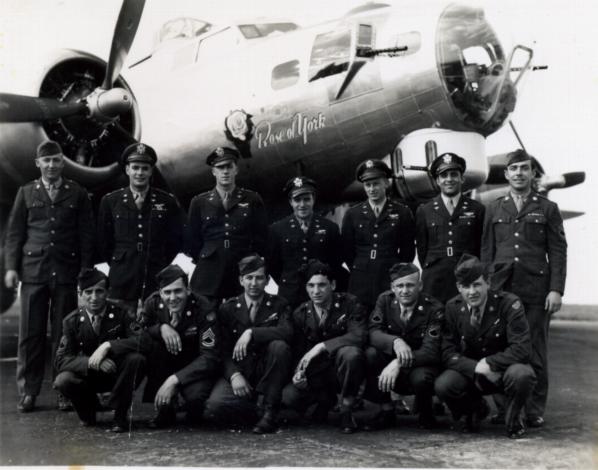
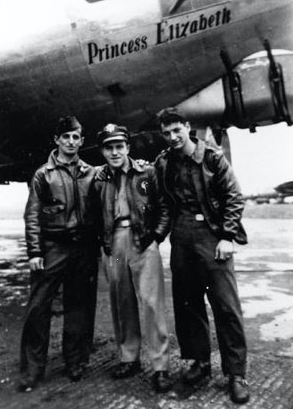
On Saturday, 3 February 1945, the Eighth Air Force, under the command of Lieutenant General James Harold (“Jimmy”) Doolittle, executed Mission No. 817. 1,003 B-17 Flying Fortresses, 434 B-24 Liberators and 948 P-47 and P-51 fighters were sent to attack Berlin, the capital of the Third Reich. The B-17s’ primary target was the city’s railroad marshaling yards, while the B-24s attacked the Braunkohle Benzine A.G. synthetic oil refinery at Rothensee.
23 B-17s, 2 B-24s, 7 P-51s and 1 P-47 were lost. 6 B-17s and 2 P-51s were damaged beyond repair, and another 339 B-17s and 58 B-24s were damaged.
18 airmen were killed in action, with 11 wounded and 216 missing.
Rose of York was one of the B-17s on that 1,000-bomber mission to Berlin. On its sixty-third combat mission, and with a different crew, 42-102547 was hit by heavy and accurate anti-aircraft fire. The last contact indicated that one engine was out of operation and another was streaming gasoline. The Flying Fortress went down in the English Channel with all nine crew members and a civilian news reporter.¹
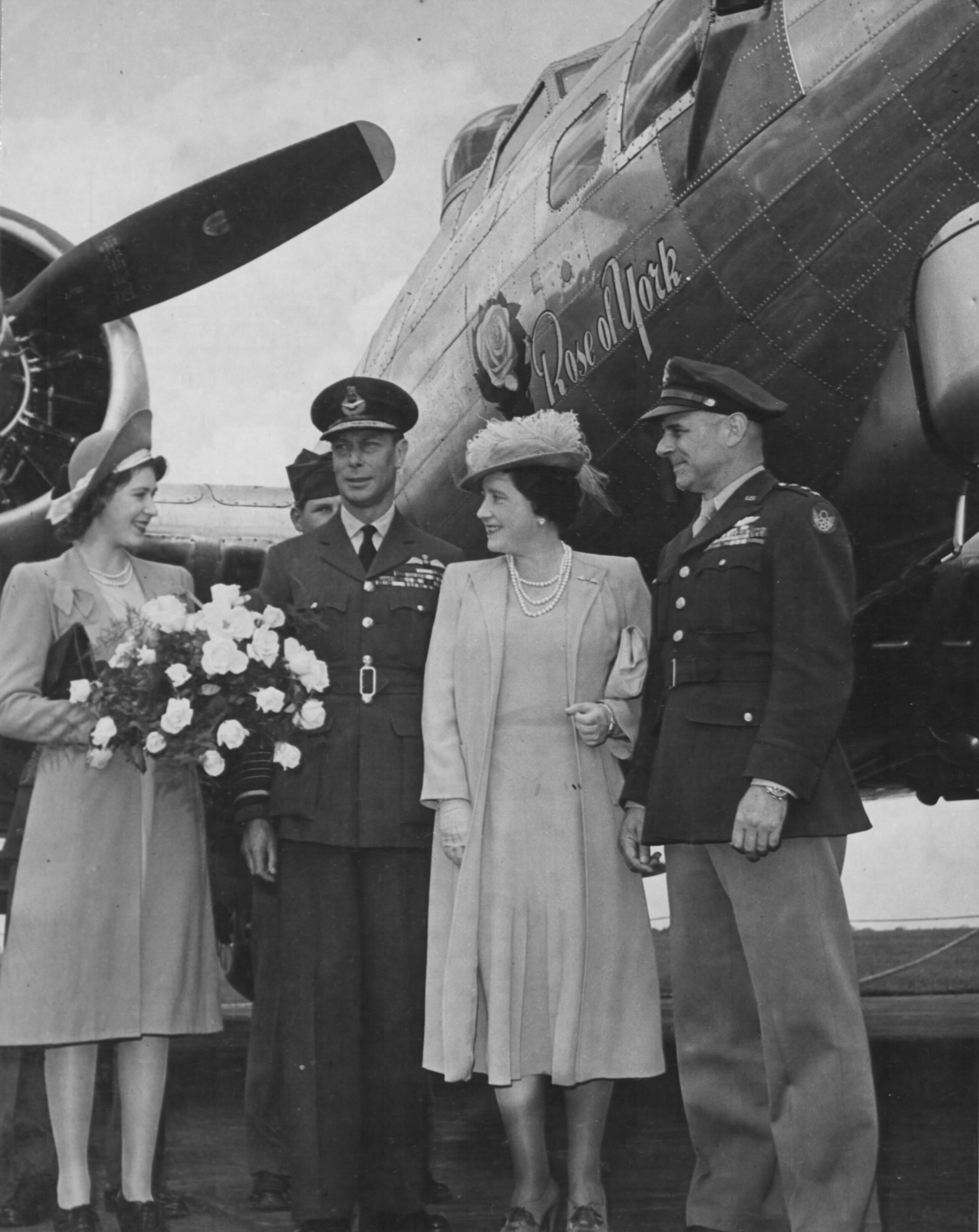
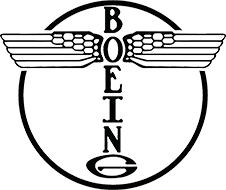
The Boeing B-17G Flying Fortress was a four-engine heavy bomber operated by a combat crew of nine to ten men. It was 74 feet, 8.90 inches (22.781 meters) long with a wingspan of 103 feet, 9.38 inches (31.633 meters) and an overall height of 19 feet, 1.00 inch (5.187 meters). The wings have 3½° angle of incidence and 4½° dihedral. The leading edges are swept aft 8¾°. The total wing area is 1,426 square feet (132.48 square meters). The horizontal stabilizer has a span of 43 feet (13.106 meters) with 0° incidence and dihedral. Its total area, including elevators, is 331.1 square feet (12.18 square meters). The B-17G had an empty weight of 35,972 pounds (16,316.6 kilograms), and the maximum takeoff weight was 67,860 pounds (30,780.8 kilograms).

The B-17G had a cruising speed of 172 knots (198 miles per hour/319 kilometers per hour) at 10,000 feet (3,048 meters). The maximum speed was 285 knots (328 miles per hour/528 kilometers per hour) at 26,700 feet (8,138 meters). The service ceiling was 38,450 feet (11,720 meters) at maximum power.
The B-17G had a fuel capacity of 2,780 gallons (10,523 liters) in twelve wing tanks. Two “Tokyo tanks” could be installed in the bomb bay, increasing capacity by 820 gallons (3,104 liters). The B-17G combat radius of 689 nautical miles (793 statute miles/1,276 kilometers) with max bomb load, and a maximum ferry range of 2,624 nautical miles (3,031 statute miles/4,878 kilometers).
The B-17G was armed with thirteen Browning AN-M2 .50-caliber machine guns for defense against enemy fighters. Power turrets mounting two guns each were located at the nose, dorsal, and ventral positions. Two guns could be installed in flexible mounts in the nose compartment, one in the radio compartment, two in the waist and two in the tail. 5,970 rounds of ammunition were carried.
The maximum bomb load of the B-17G was 12,800 pounds (5,806 kilograms). The internal bomb bay could be loaded with a maximum of six 1,000-pound general purpose bombs, or ten 1,000-pound armor piercing bombs; eight 1,600-pound (725.75 kilogram) armor piercing bombs; or two 2,000-pound general purpose bombs. The physical size of each type limited the number that could be carried in the bomb bay. A 4,000-pound bomb could be carried on each of the bombers two underwing bomb racks.
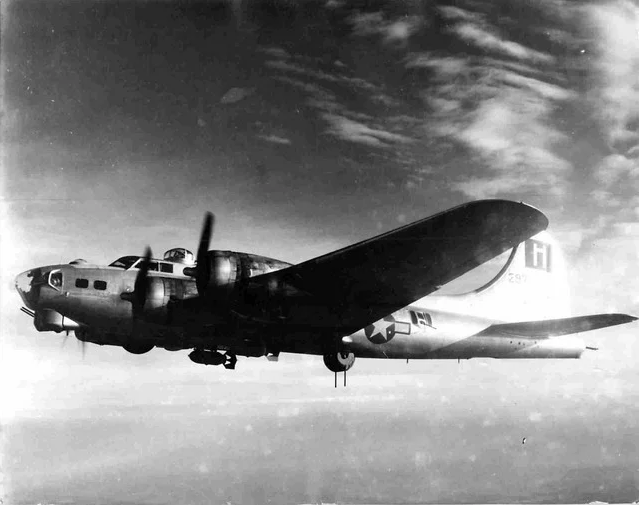
The B-17 Flying Fortress was in production from 1936 to 1945. 12,731 B-17s were built by Boeing, Douglas Aircraft Company and Lockheed-Vega. (The manufacturer codes -BO, -DL and -VE follows the Block Number in each airplane’s type designation.) 8,680 of these were B-17Gs, with 4,035 built by Boeing, 2,395 by Douglas and 2,250 by Lockheed-Vega.
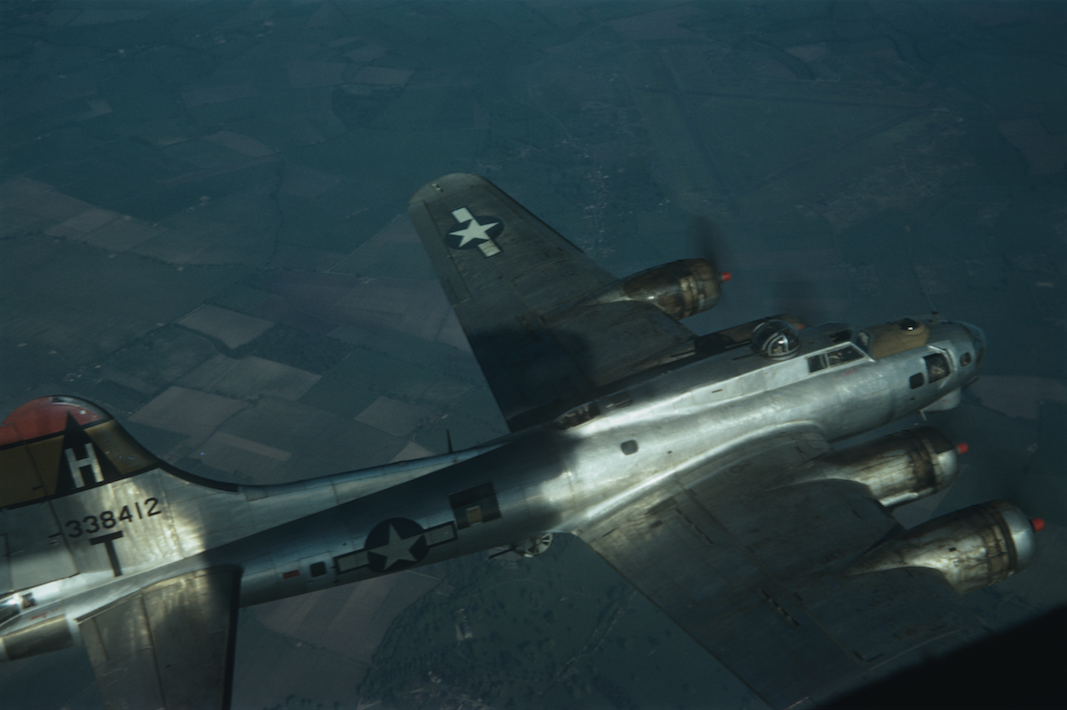
¹ Missing Air Crew Report (MACR) 12283: Aircraft Commander, Lieutenant Vernon Daley; Co-pilot: 2nd Lieutenant Joseph Carbine; Navigator, 1st Lieutenant Paul Becker; Bombardier/Nose Gunner, Staff Sergeant Robert Crede; Flight Engineer/Top Turret Gunner, Technical Sergeant Reisel Horn; Radio Operator/Top Gunner, Technical Sergeant Porfirio Marquez; Ball Turret Gunner: Staff Sergeant George Petrillo; Waist gunner, Staff Sergeant Silvio DeZolt; Tail Gunner: Sergeant Okey Coplin; and British Broadcasting Company (BBC) war corresponent Guy Byam (civilian). 10 Killed in Action.
© 2018, Bryan R. Swopes
